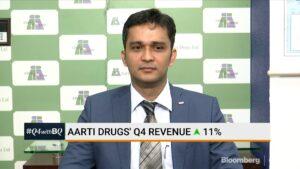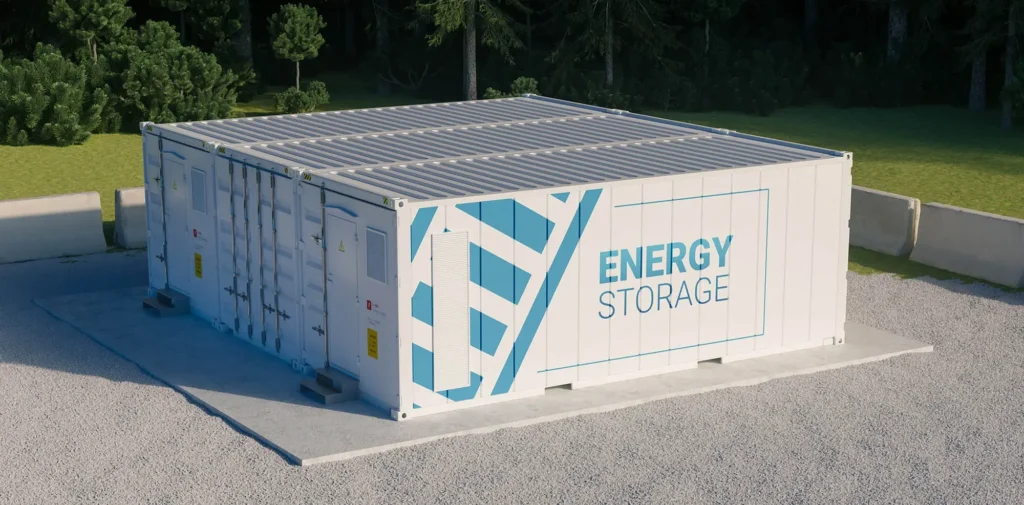⚡ Intro: What Is BESS and Why Are Companies Obsessed?
Imagine you bought solar panels and proudly told your neighbors you’re saving the planet. But then came a cloudy day. No sun. No power. You text your solar panel like a clingy ex—“Hey, wyd?” But it ghosted you. That, my friend, is the renewable energy problem.
Enter BESS: Battery Energy Storage System.
It’s the giant backup generator, power bank, and stabilizer rolled into one… for the grid. When the sun shines or the wind blows, BESS stores that extra juice. And when darkness or peak demand hits, it discharges power like Thor’s hammer.
India wants 500 GW of non-fossil capacity by 2030. But what’s the use of generating clean energy if we can’t store it? BESS is the clutch player of the decarbonization endgame.
🔋 How Does BESS Work?
Oversimplified Analogy:
Imagine your house is a disco. Solar panels are the DJ (producing energy), but the party starts only at night when DJ is off-duty. So, you hire BESS as the afterparty DJ, storing beats during the day and dropping them post-sunset.
Technically Speaking:
- BESS captures electricity when generation exceeds demand
- Stores it chemically in lithium-ion or flow batteries
- Discharges it back to the grid or facility during peak demand
- Can also provide grid services like frequency regulation, voltage support, and black start capabilities
Key Components:
- Battery Modules (lithium-ion most common)
- Inverter (AC/DC conversion)
- Energy Management System (the smart brain)
- Thermal Management (to keep it cool under pressure)
📈 Why BESS Is Gaining Traction in India
- Grid Instability: Renewables are intermittent. You can’t make the sun work 9 to 5.
- Peak Demand Chaos: Demand spikes in evenings when solar power fades out.
- EV Growth: Electric Vehicles need charging infra that doesn’t crash the grid.
- Climate Targets: India’s commitment to net-zero by 2070 requires storage.
- Policy Push: GOI offers Viability Gap Funding (VGF) for BESS under various tenders.
Also, energy independence isn’t just about oil. It’s about ensuring power when we want, where we want.
🚨 Types of BESS in India
| Type | Use Case | Maturity |
|---|---|---|
| Lithium-Ion | Grid, Commercial, EVs | Highly Mature |
| Flow Batteries | Long-duration backup | Early Stage |
| Sodium-ion | Cheaper alternative in R&D phase | Experimental |
| Thermal Storage | Industrial heating & cooling applications | Niche |
FYI: Tata Power’s Kerala project is based on lithium-ion—still the Beyoncé of battery chemistry.
🏗️ Key Use Cases in India
- Grid Balancing: Charging when solar/wind produces excess; discharging at night
- Peak Shaving: Avoid drawing expensive peak-hour electricity
- EV Charging Stations: BESS buffers grid stress during fast charging
- Remote Villages: Enables 24/7 power even with limited generation
- Disaster Recovery: Helps restart the grid in case of blackouts (Black Start)
BESS isn’t just a “backup battery.” It’s the brain behind the clean energy orchestra.
💸 Economics of BESS: Is It Profitable?
Let’s cut the voltage jargon and look at ₹₹₹.
Costs:
- Capex: ₹5-7 crore per MW (lithium-ion based)
- Operating life: 10–15 years
- O&M: Low but not negligible
Revenue Streams:
- Peak Power Sales: Sell stored energy at peak rates
- Grid Services: Ancillary services paid by DISCOMs
- Arbitrage: Buy low, sell high—BESS traders are basically power dalals
- VGF Subsidies: Make numbers work faster
As battery costs fall (thank you, Tesla Gigafactory and China), IRRs for BESS projects are 15–18%. Add government incentives and tax breaks, and it starts smelling like a multibagger.
⚙️ Tata Power + NHPC = BESS Bros
On July 18, 2025, Tata Power Renewable Energy Limited (TPREL) signed its first BESPA with NHPC for a 30 MW / 120 MWh BESS unit in Kerala.
Highlights:
- Location: 220 kV substation, Kerala
- Commissioning: Within 15 months
- Tenure: 12 years
- Purpose: Grid stability + round-the-clock renewable integration
- Part of NHPC’s 500 MWh Kerala BESS roadmap
Tata Power is also building a 100 MW solar + 120 MWh BESS hybrid project in Rajnandgaon with SECI.
Translation: They’re not just testing the waters—they’ve brought floaties, sunscreen, and cannonballed in.
🔮 Future of BESS in India: 2030 and Beyond
India’s Energy Goals:
- 500 GW of non-fossil power by 2030
- 50% share of renewables in total electricity consumption
- Net-zero by 2070
Storage Need:
To stabilize such a massive renewable base, India needs at least 160–200 GWh of storage by 2030.
Growth Catalysts:
- Fall in battery prices (Li-ion & Sodium-ion)
- Green Hydrogen + BESS hybrid models
- Mandatory storage norms in RE projects
- DISCOM reforms + Real-Time Power Market
- National Energy Storage Mission (NESM) revival
BESS is like what Jio was to telecom in 2016: currently niche, about to become mainstream.
📊 Who’s Betting Big on BESS?
| Company | Projects Announced |
|---|---|
| Tata Power | NHPC 120 MWh, SECI Hybrid 120 MWh |
| Adani Green | Eyeing 1 GWh in BESS over next 5 years |
| NTPC | 20 GWh storage plan via Pumped Hydro + BESS |
| JSW Energy | Building out hybrid RE + BESS parks |
| Reliance New Energy | Eyeing advanced battery chemistries |
🤖 Challenges: Not All Circuits Are Closed Yet
- Battery Recycling Infra: Not fully developed
- Import Dependency: India still imports Li-ion cells
- Land Use: Large-scale BESS needs space
- Policy Confusion: VGF, auctions, and PPA terms need streamlining
- Fire Risk: Safety concerns in dense city installations
But these are solvable. In 2010, we didn’t even have UPI. Look at us now, scanning QR codes to pay chaiwalas.
🧠 Final Thoughts: Is BESS the Next Big Theme?
Absolutely.
India’s energy transition is inevitable. BESS is what makes it viable. It’s not about if BESS will scale—it’s about how fast.
If solar was the startup phase of renewable energy, BESS is the Series B funding—bringing structure, scale, and bankability.
Companies that win in BESS won’t just power India—they’ll power its economy.
Metadata
- Written by: EduInvesting Explainers Desk
- Date: July 18, 2025
- Tags: Battery Energy Storage System, Tata Power, NHPC, India Renewable Energy, EV Charging, Energy Transition, Green Infrastructure







